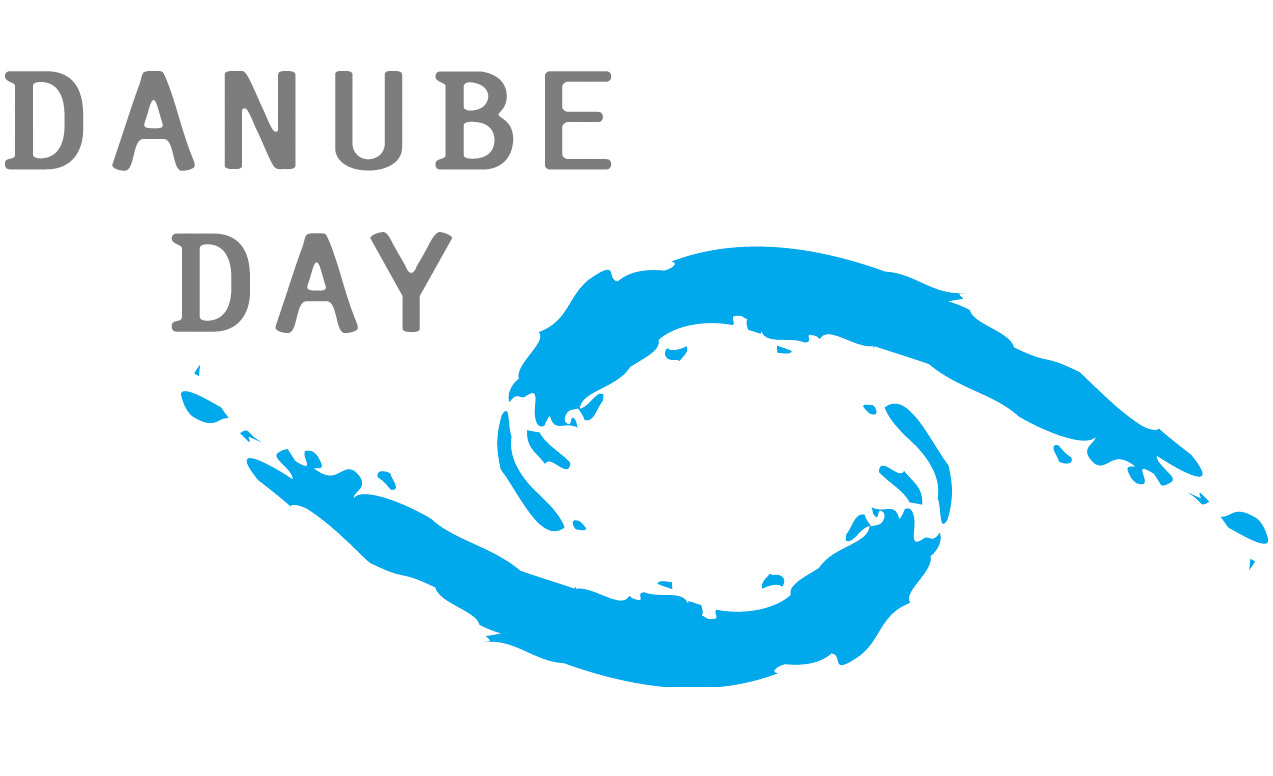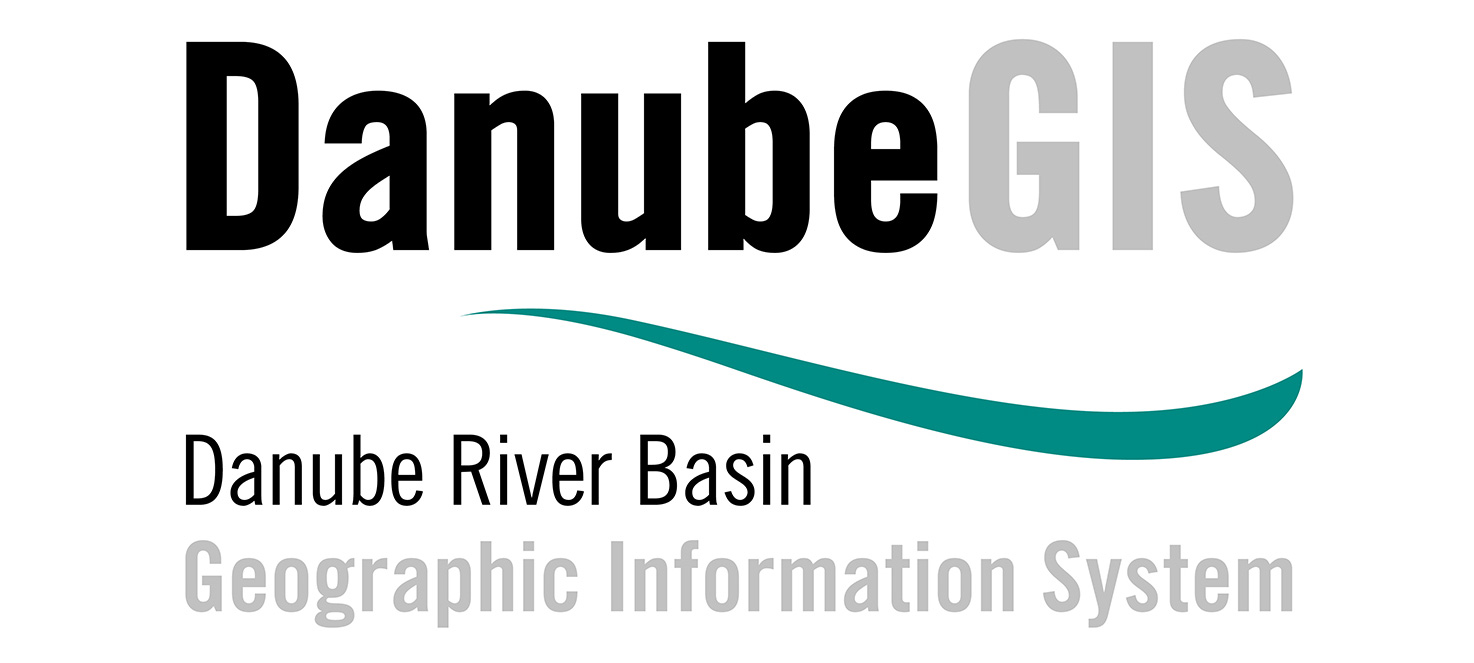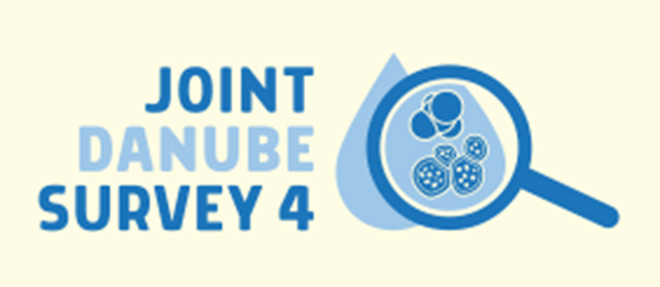MonStur in the Danube Project

Sturgeons, the most endangered group of species worldwide, are facing a perilous situation in Europe. These migratory species, which once freely swam from the Black Sea up to Germany, now find their ecological corridors severed by multiple barriers. Human interventions - such as hydropower, sediment extraction, navigation, river channelisation, by-catch and illegal fishing - are exerting severe pressure on habitats and populations, calling for immediate, coordinated actions.
The EU Strategy for the Danube Region (EUSDR) recognizes migratory sturgeons in the DRB - the world’s most international river basin - as flagship species and key indicators of habitat connectivity and ecological corridors. Their protection is a prominently priority within the EUSDR.
In this context, the MonStur in the Danube project aims to establish a genuinely transnational and sustainable sturgeon monitoring system in the Danube River Basin. Its core ambition is to integrate existing information from past projects with newly generated data, creating a first-of-a-kind DRB-wide collection of population data. This effort will consolidate currently scattered datasets and offer the geographic range of sturgeon species .
In addition, MonStur will include a comprehensive habitat inventory. This will build upon and expand the dataset developed under the DTP MEASURES project, adding additional information (i.e. abiotic parameters), vital for the legitimate description and understanding of habitats.
Challenges
Key challenges of the ambition include:
- Combine all relevant knowledge on a macro-regional scale
- Engage actors in continuous cooperation and data sharing;
- Ensure long-term hosting and continuous updating of jonit databases;
- Stimulate extensive use of data for improved conservation measures and policies.
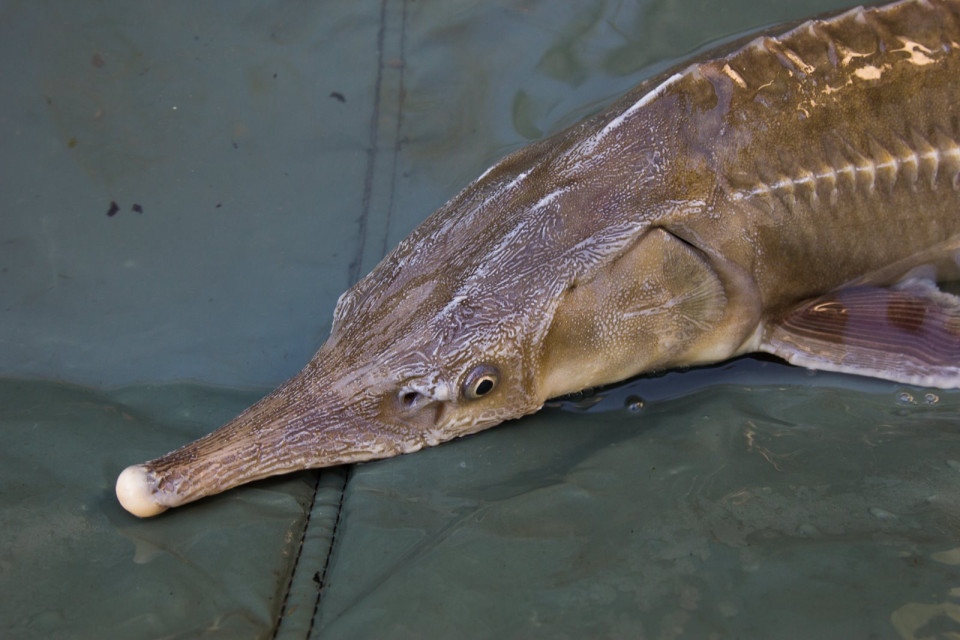
About the project
The project’s intervention logic effectively targets these challenges:
Key processes
- Set up a sturgeon monitoring system as a joint tool to be tested by partners;
- Enhance sustainability via cooperation and commitment of policymakers, expert institutions and other stakeholders;
- Close critical knowledge gaps, leading to new, effective policies.
New policies
- A sturgeon action plan will set out harmonised protection measures for habitats in a transboundary area;
- Joint recommendations for infrastructure planning will decrease the deteriorating effects of navigation and infrastructure interventions on sturgeons.
Conclusion & Results
- An analysis report will conclude learnings and recommendations, and provide inputs for the improved sturgeon chapter of Danube River Basin Management Plan’s (DRBMP) 2027 update.
- The joint sturgeon monitoring system would be integrated into ICPDRs Transnational Monitoring Network (subject to agreement and approval of the ICPDR). It will also stimulate the uptake in other sturgeon regions or expansion into the Black Sea region.
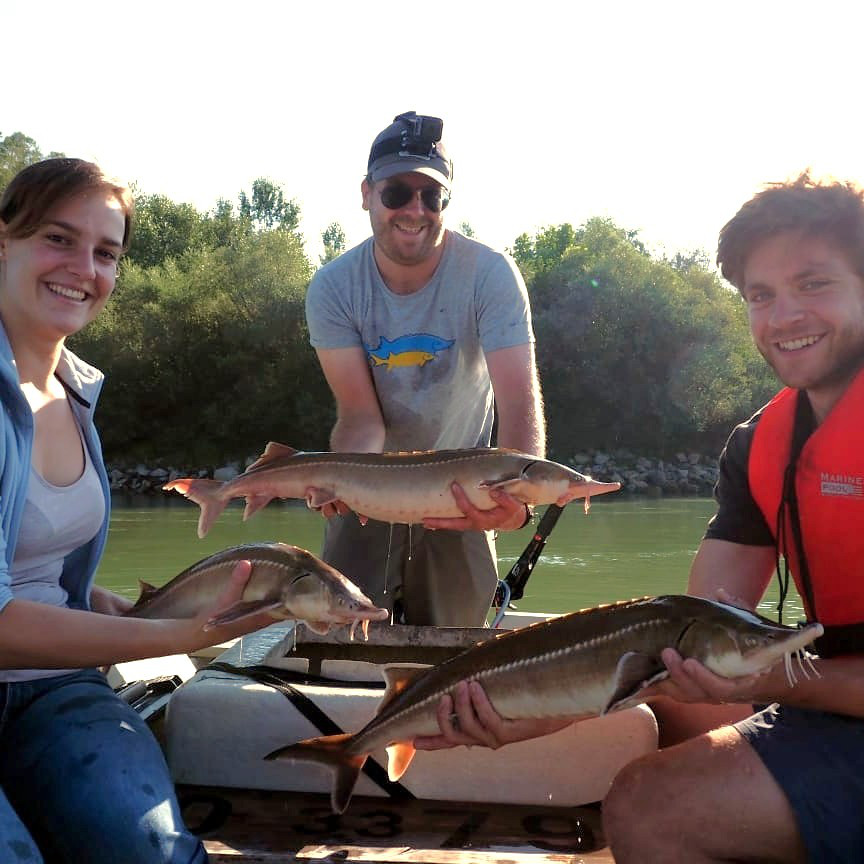
Partners
In order to help a sustainable DRB-wide solution, a broad and balanced partnership is created, covering 12 DRB countries and including: the ICPDR; ministries; sectoral agencies and authorities; higher education and research institutions; specialised NGOs. Partners are contributors to policy making with vast experience in river basins, ecological corridors, and protected species/habitats, embedded in relevant national and macro-regional networks, and who are represented in relevant ICPDR Expert and Task Groups and EUSDR PAs.
Project Details
Project title: Establishing, testing and launching a transboundary system for Monitoring Sturgeons, to manage and safeguard migratory fish in the Danube River Basin
Interreg Danube Region Programme 2021–2027
Programme Priority: A greener, low-carbon Danube Region
Duration: 01.04.2025–31.03.2028
Total EU contribution: 1.657.573,20 EUR
Total budget: 2.071.966,50 EUR
Lead partner: Romanian Ministry of Environment, Waters and Forest
Project Partners: University of Natural Resources and Life Sciences Vienna (BOKU) - Austria, WWF Central and Eastern Europe, International Commission for the Protection of the Danube River (ICPDR), WWF-Bulgaria, Ministry of Environmental Protection and Green Transition – Croatia, Széchenyi István University – Hungary, Danube Delta National Institute For Research and Development – Romania, WWF Romania Association, University of Belgrade - Institute for Multidisciplinary Research – Serbia, Water Research Institute – Slovakia, Public Union World Wide Fund for Nature Ukraine, Moldova State University.
Associated Strategic Partners: Federal Ministry of Agriculture, Forestry, Regions and Water Management – Austria, Viadonau – Austria, Ministry of the Environment – Czech Republic, Croatian Waters, Region of Lower Bavaria – Germany, General Water Directorate of Hungary, State Enterprise for Forest Management “Srbijašume” – Serbia, Public Enterprise “Vojvodinašume” Petrovaradin – Serbia, German Federal Ministry for the Environment, Nature Conservation, Nuclear Safety and Consumer Protection, Ministry of Environment of the Slovak Republic, State Nature Conservancy of the Slovak Republic, Bavarian State Ministry of the Environment and Consumer Protection – Germany, Moldavian Water Agency, Institute for ichthyological and ecological research – Slovenia, The State Agency of Ukraine for the Development of Melioration, Fishery and Food Programs, River Administration of the Lower Danube Galati – Romania, Josip Juraj Strossmayer Water Institute – Croatia.
This webpage was created within the MonStur in the Danube project, a project under the Interreg Danube Region Programme co-financed by the European Union. Its content is the sole responsibility of ICPDR and does not necessarily reflect the views of the European Union.



